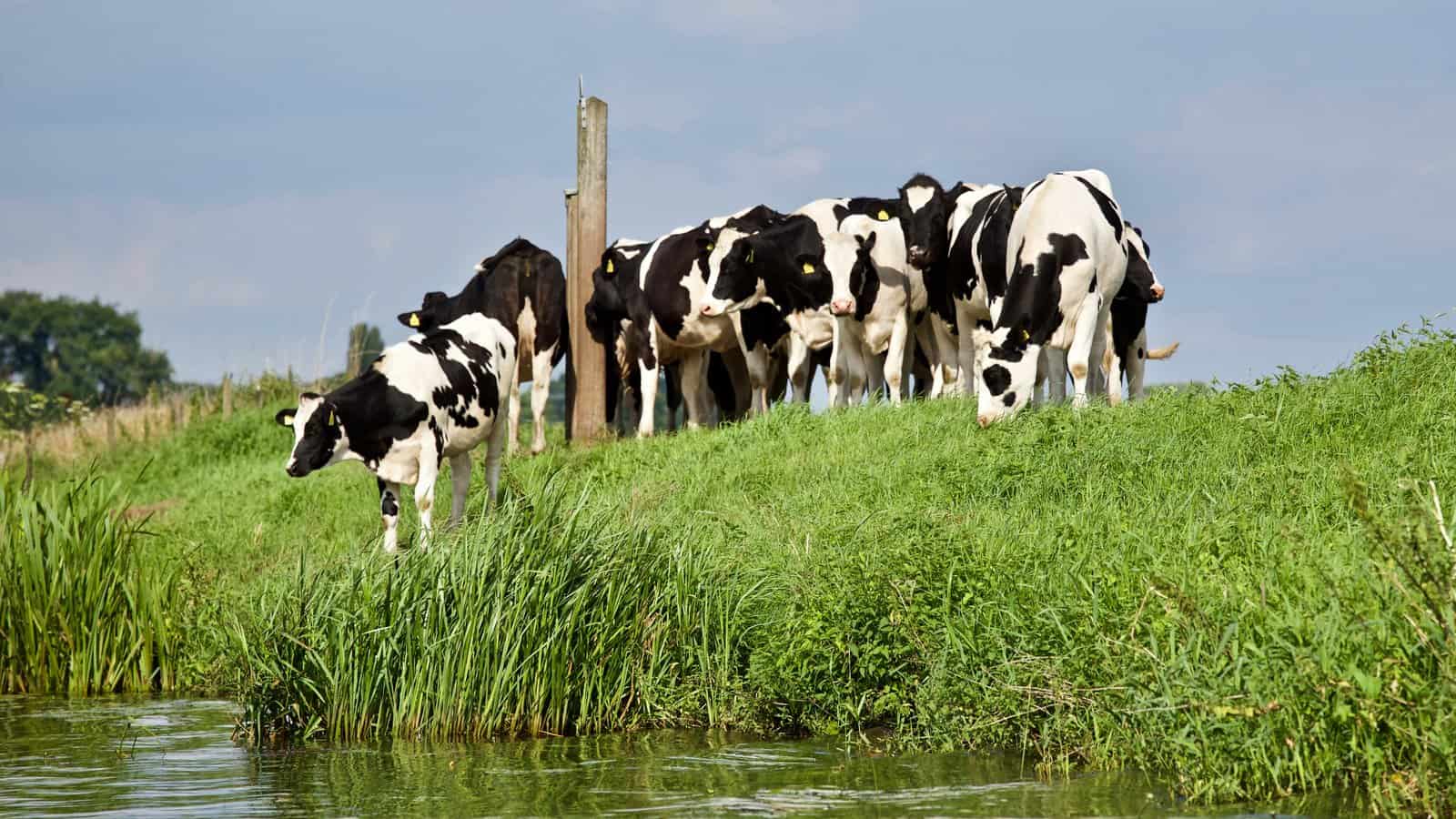
Mammals, How to Instantly Identify Them
For easier studying, scientists have classified animals on Earth into two main categories; these are vertebrate and invertebrate. The difference between both categories is that vertebrates have backbones while invertebrates don’t. These two major categories are then subdivided into further subgroups depending on shared traits and characteristics. And that’s what scientists refer to as classification.
Vertebrates are classified into two main groups:
- Warm-blooded: which is further subdivided into mammals, birds, and fish.
- Cold-blooded: this, in turn, is divided into reptiles and amphibians.
So our topic for today is that subgroup of vertebrate animals known as mammals.
In this article, we talk about this subgroup in some detail. We will talk about the following items in order:
- Where does the word mammal come from?
- What counts as a mammal?
- Types of mammals.
- Conclusion.
- A short quiz on the topic.
What Does The Word Mammal Mean?
This word comes from the Latin word “Mamma“, which means breast. So mammals have to have mammary glands (breast) to feed their babies milk, which is one of the main characteristic features of a mammal (that is, to be able to nourish their babies with milk).

What Counts as a Mammal?
Mammals are diverse; some of them live on land (terrestrial mammals), and others live in water (marine mammals).
As we mentioned above, scientists group animals that share some similar traits and characteristics in the same group. So, all what we need to categorize any group of animals together is to know their main traits.
So what all animals classified as mammals have in common?
Well, mammals share some traits that distinguish them from other types of animals. Some of these traits are evident and can be easily seen, such as the following:
- They all have spines (backbones).
- Warm-blooded (endothermic): this means their body temperature is constant no matter the temperature of their surrounding environment. This is unlike cold-blooded animals whose body temperature easily changes depending on the surrounding environment.
- They are viviparous, which means they give birth to live babies, unlike other animals that lay eggs which later on hatch and give babies. There’s only one exception to this rule. This is seen in platypus and echidnas, which lay eggs and don’t give birth to live babies.
- They nurse their babies with milk. This milk is produced from their mammary glands (breast).
- They use their lungs to breathe. That’s why whales are classified into this group since they can’t breathe underwater and must come out of it to breathe.
- The majority of them have hair or fur on their bodies at some point in their life.
Other traits that might not be easy to see and assess include the following:
- They have red blood cells that lack a nucleus.
- They contain three small bones inside their ears: the malleus, incus, and stapes (hammer, anvil, and stirrup, respectively).
- They have a diaphragm that separates their thoracic cavity from the abdominal cavity.
- They have a lower jaw that is separate from their skull and makes a joint with it.
- They have a neocortex in their brain.
- Their heart is composed of four chambers.
- Their teeth change throughout their lives.
Did you know that the largest mammal on Earth is the blue whale, and the largest mammal that lives on land is the elephant?
Types of Mammals
Mammals could be further subdivided into three groups depending on how they reproduce. These three groups are:
1. Placental (Eutheria).
This is the most common type of birth among mammals, and it includes dogs, cats, elephants, and horses.
As the name implies, placental mammals nourish their babies through a structure known as the placenta. This structure allows the passage of important nutrients to the growing baby inside the mother’s womb. After a certain period of pregnancy, the baby comes out fully developed.
Placental mammals are further subdivided into orders according to their traits. These orders include but are not limited to:
- Primates
- Carnivores
- Rodents
2. Marsupials (Metatheria)
In this type, mammals give birth to less mature babies that complete their growth later in a pouch inside their mom’s body. A very famous example of a marsupial is the kangaroo. Koalas are also considered marsupials. Marsupials could also be subdivided into different species.
3. Monotremes (Prototheria)
They are rarely found in nature. They give birth by laying eggs that later on give a live baby. Platypus and echidnas are the most commonly known species in this category. Like marsupials and placental mammals, monotremes could also be further subdivided into smaller groups.
Regarding the different ways mammals can give birth, here’s a video that talks about it in an entertaining way:
Conclusion
That was our topic for today, and we hope you got a comprehensive overview of this topic. But before you go, here’s a question to think of; do you think we (as humans) belong to this category or not?
Let’s break it down bit by bit;
- First of all, we have a backbone, and thus, we belong to vertebrates.
- Second of all, we can maintain our body temperature constant, and our body is always trying to control its temperature.
- We breathe through our lungs.
- We also have hair covering our skin.
- Humans reproduce by giving birth to live babies.
- These babies feed milk from their mothers.

Is it clear now which subtype we belong to? Of course, we are placental mammals.
If you made it so far to this point, this means you must be genuinely interested in knowing more about animals and the world around us. That’s why we highly recommend checking out other articles on our website under the tag “world around us“. You will find dozens of interesting articles on animals, like Koalas, Ostriches, Sharks, Raccoons, Bears, Rats, Sheep, Chickens, Cats, Pandas, Monkeys and Whales.
Below is a short quiz to test yourself out on this topic. Give it a try if you are interested.
Q (1). Mammals share the following traits except:
- They can’t control their body temperature (it changes according to the surrounding environment).
- They are warm-blooded (they can control their body temperature).
- They breathe through their lungs.
- They have backbones (spines).
Q (2). What are the two major categories in the classification of the animal kingdom?
- Warm-blooded and cold-blooded animals.
- Vertebrates and Invertebrates.
- Fish and reptiles.
- Birds and mammals.
Q (3). Which of the following is a subgroup of Mammals?
- Placental.
- Marsupials.
- Monotremes.
- All of the above.
Q (4). Which of the following animals counts as a mammal?
- Octopus.
- Elephant.
- Grasshopper.
- Jellyfish.
Q (5). Mammals breathe through which of the following structures?
- Lungs.
- Gills.
- Fins.
- Skin.
Q (6). Humans are classified under which of the following categories:
- Mammals.
- Amphibians.
- Cold-blooded.
- Invertebrates
Q (7). Platypus and echidnas are considered mammals even though they differ in the following trait:
- They lay eggs (they don’t give birth to live babies).
- They don’t breathe through their lungs.
- They are cold-blooded (they can’t control their body temperature).
- They don’t have hair.
Q (8). Which of the following statement is wrong regarding marsupials?
- Kangaroos and Koalas are considered marsupials.
- They give birth to poorly developed babies.
- They give birth to fully developed babies.
- They breathe through their lungs.
Q (9). Which of the following statement is true regarding placental mammals?
- They nourish their babies inside the womb through milk.
- They are the least common type of mammals.
- They give birth to poorly developed babies.
- They give birth to fully developed babies.
Q (10). Which of the following is not considered a mammal?
- Humans.
- Pigeons.
- Horses.
- Dogs.
The correct answers:
Q (1) – 1
Q (2) – 2
Q (3) – 4
Q (4) – 2
Q (5) – 1
Q (6) – 1
Q (7) – 1
Q (8) – 3
Q (9) – 4
Q (10) – 2
Why not subscribe to our LearningMole Library for as little as £1.99 per month to access over 2100 fun educational videos.


Leave a Reply